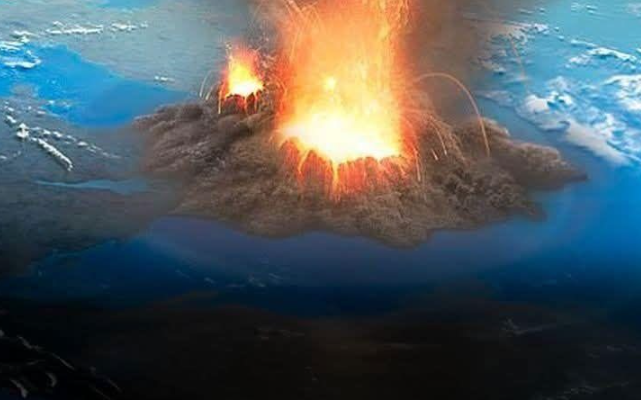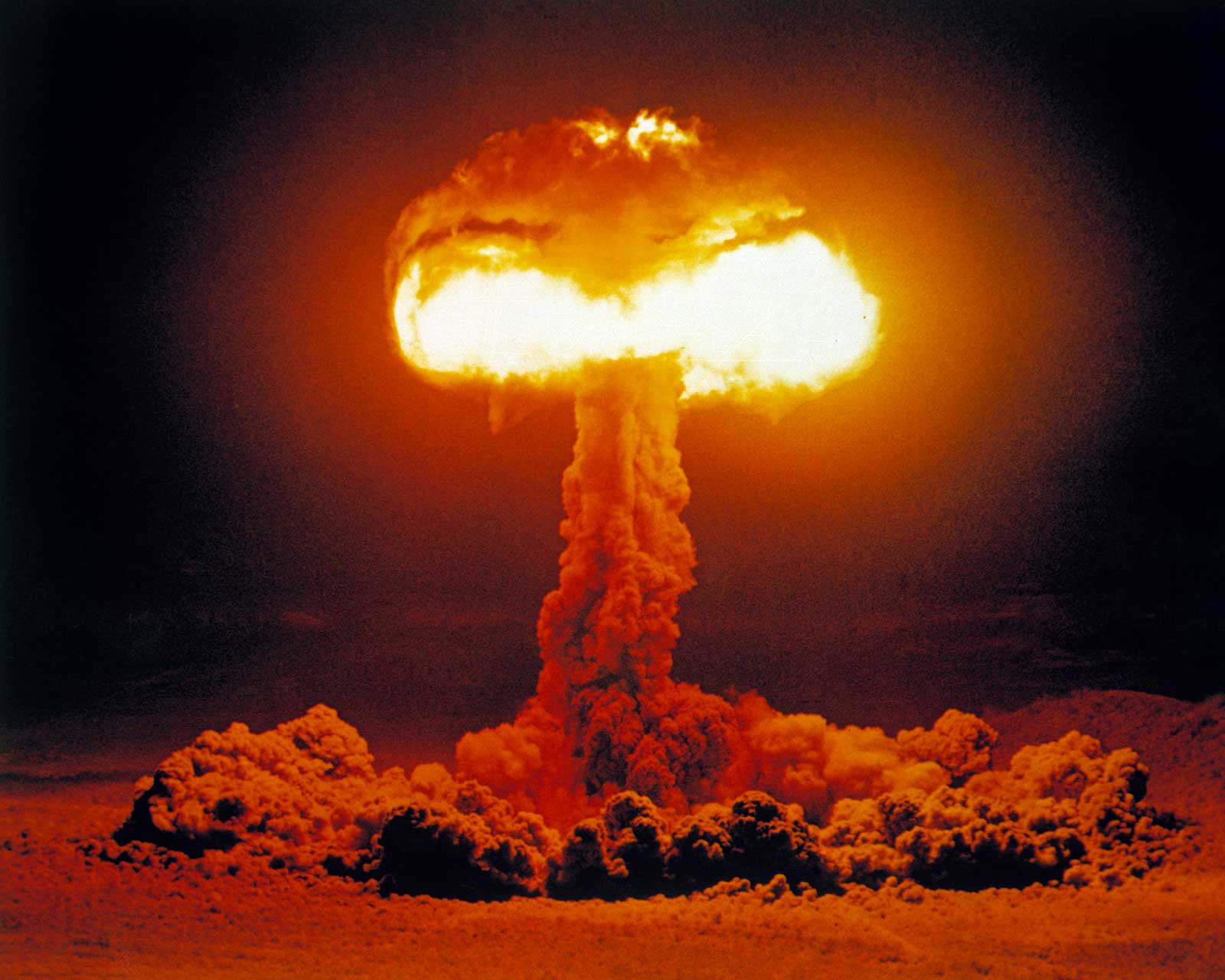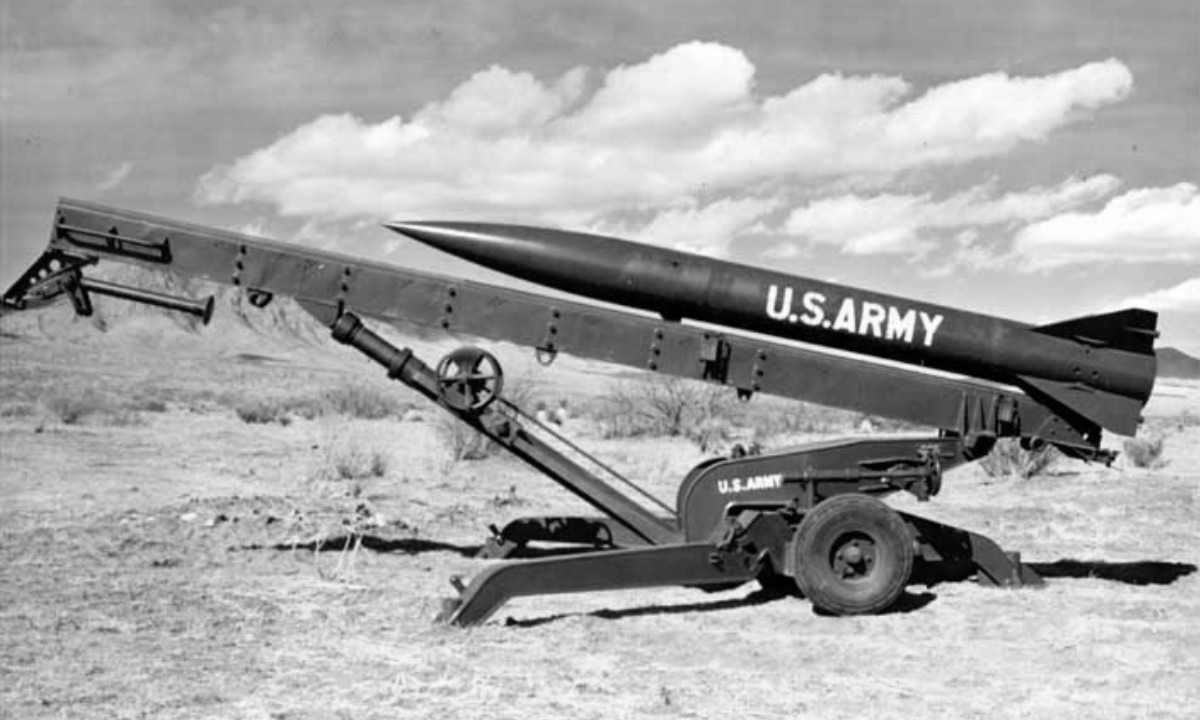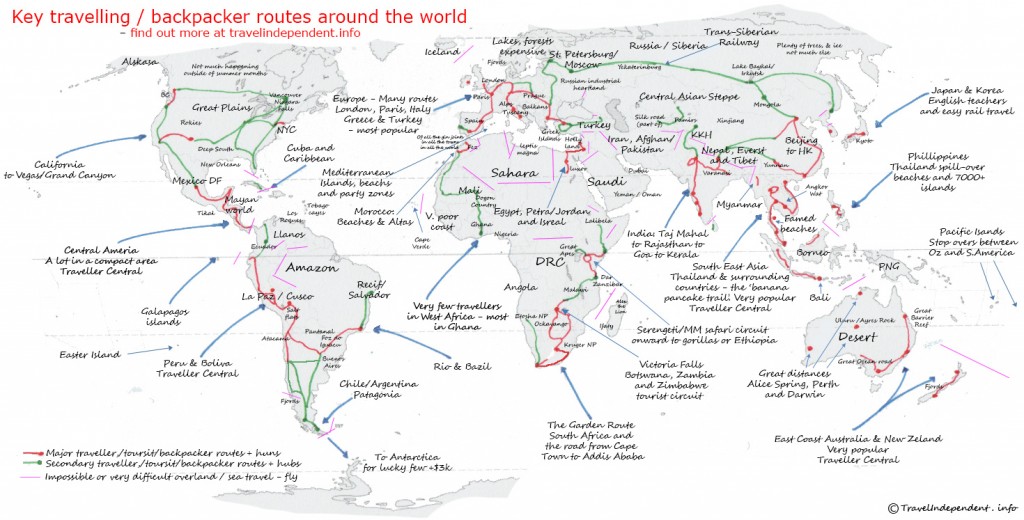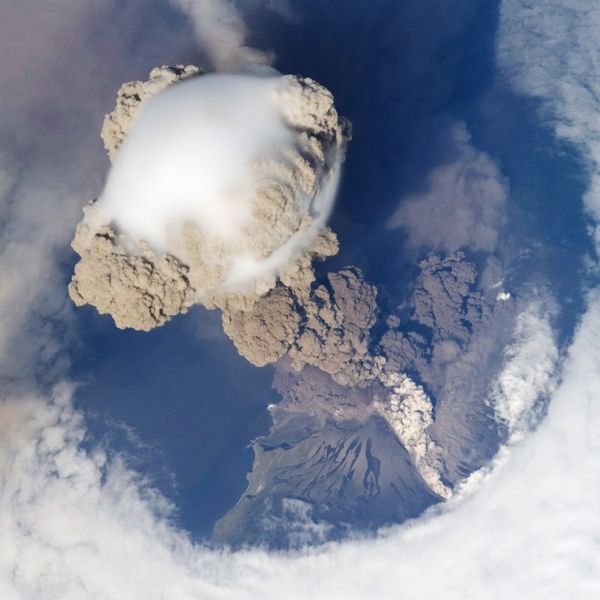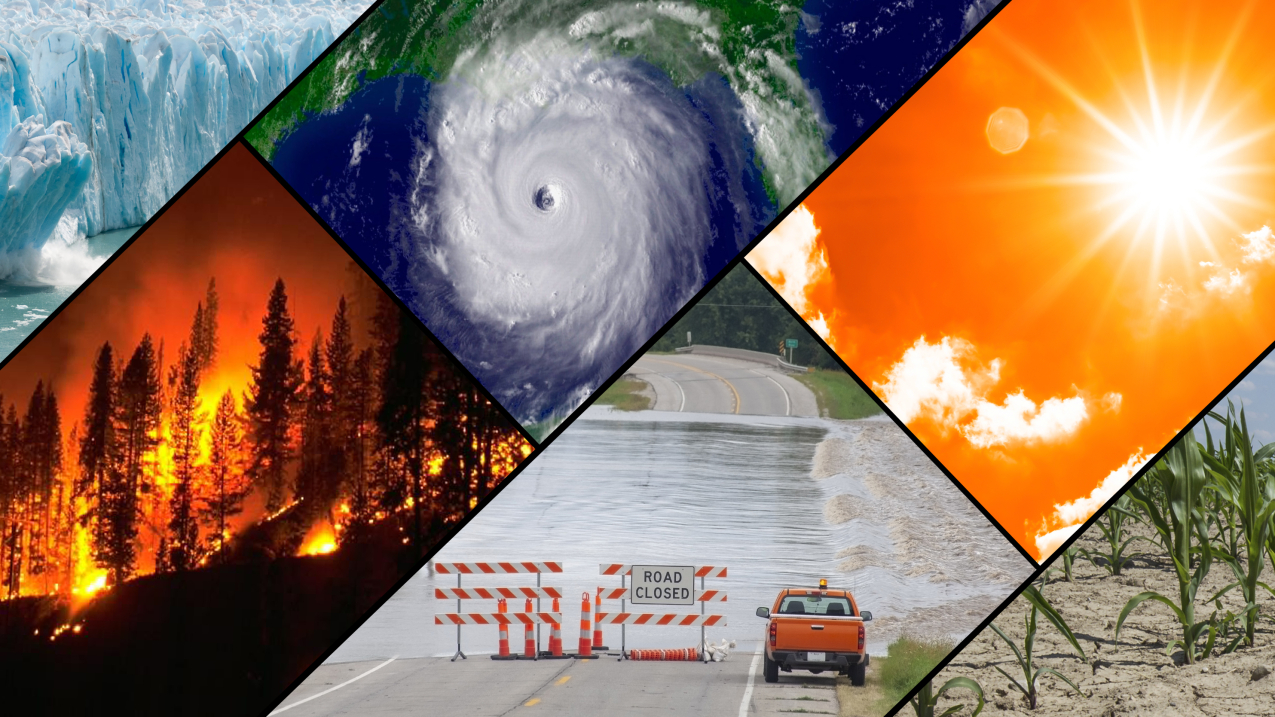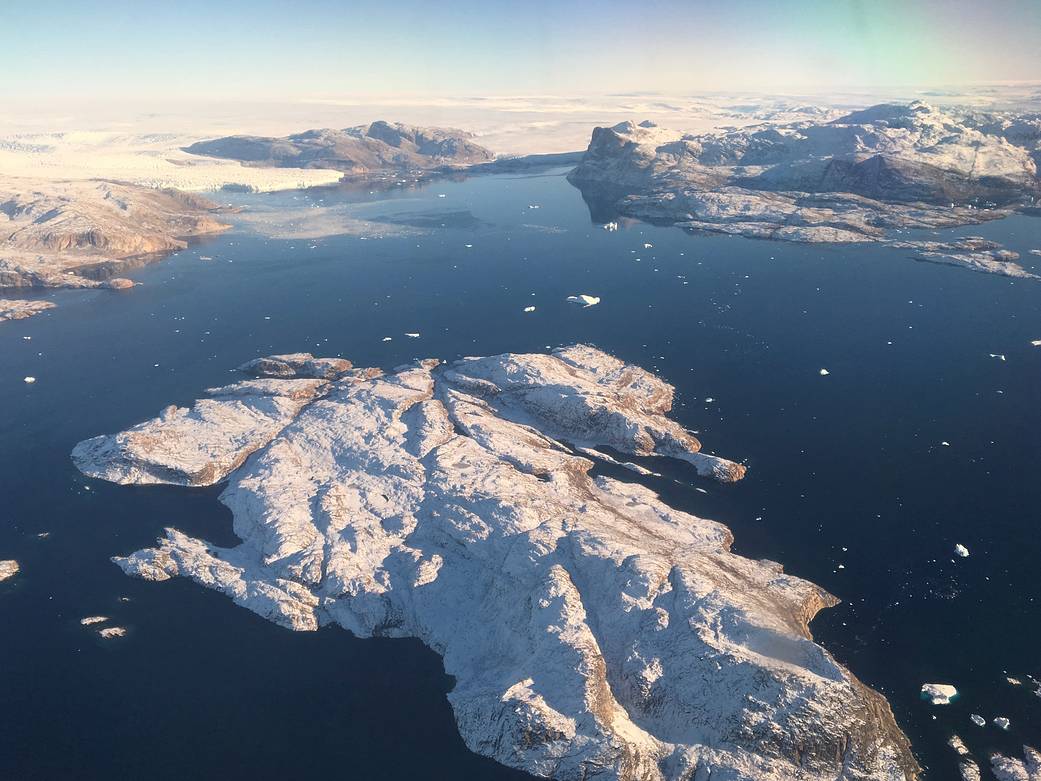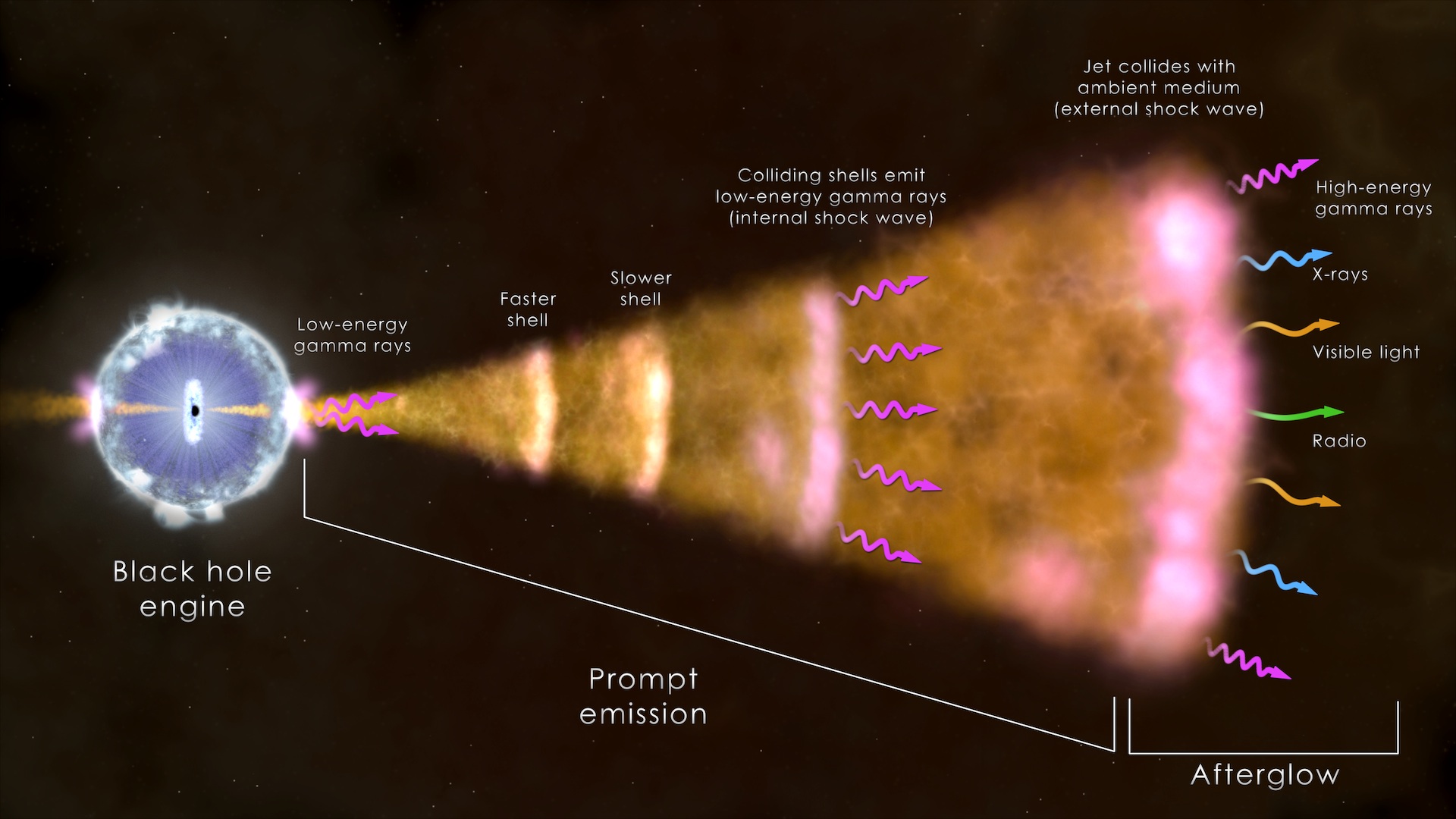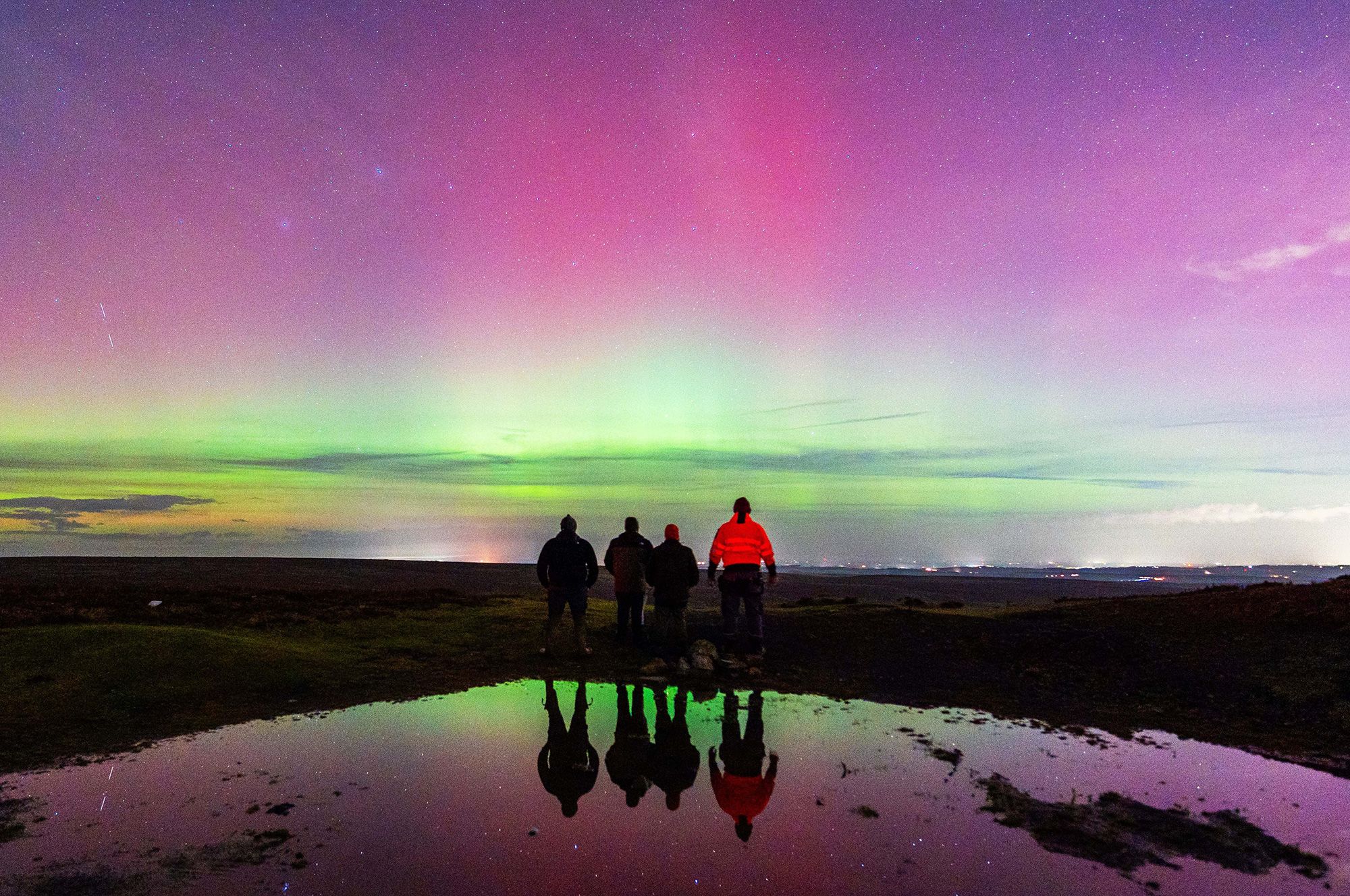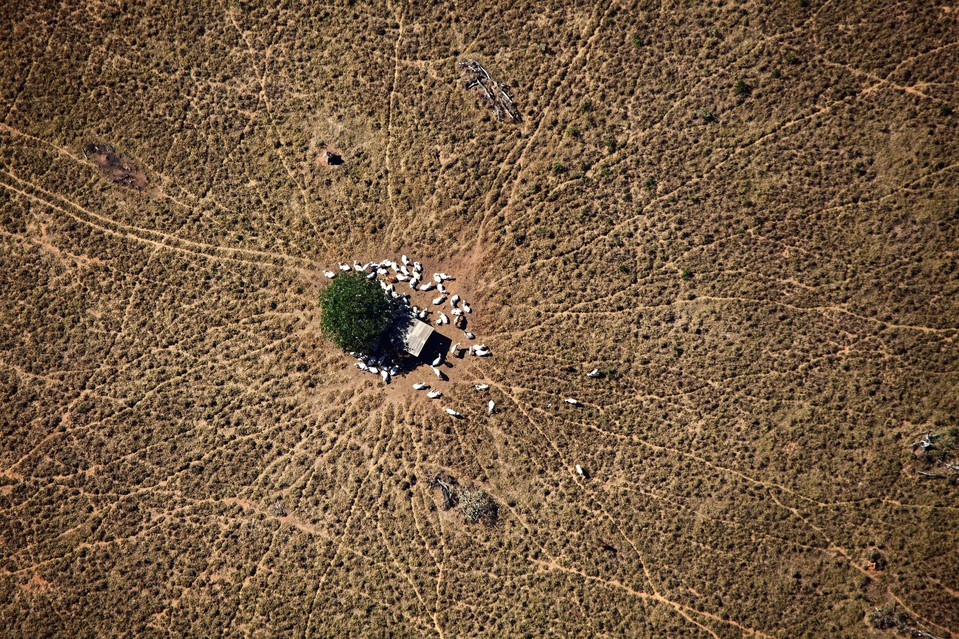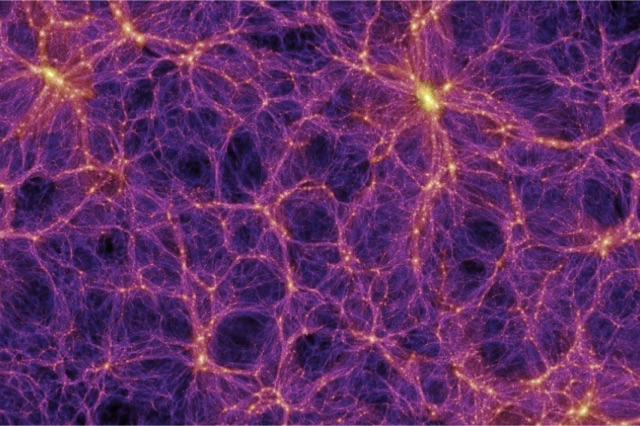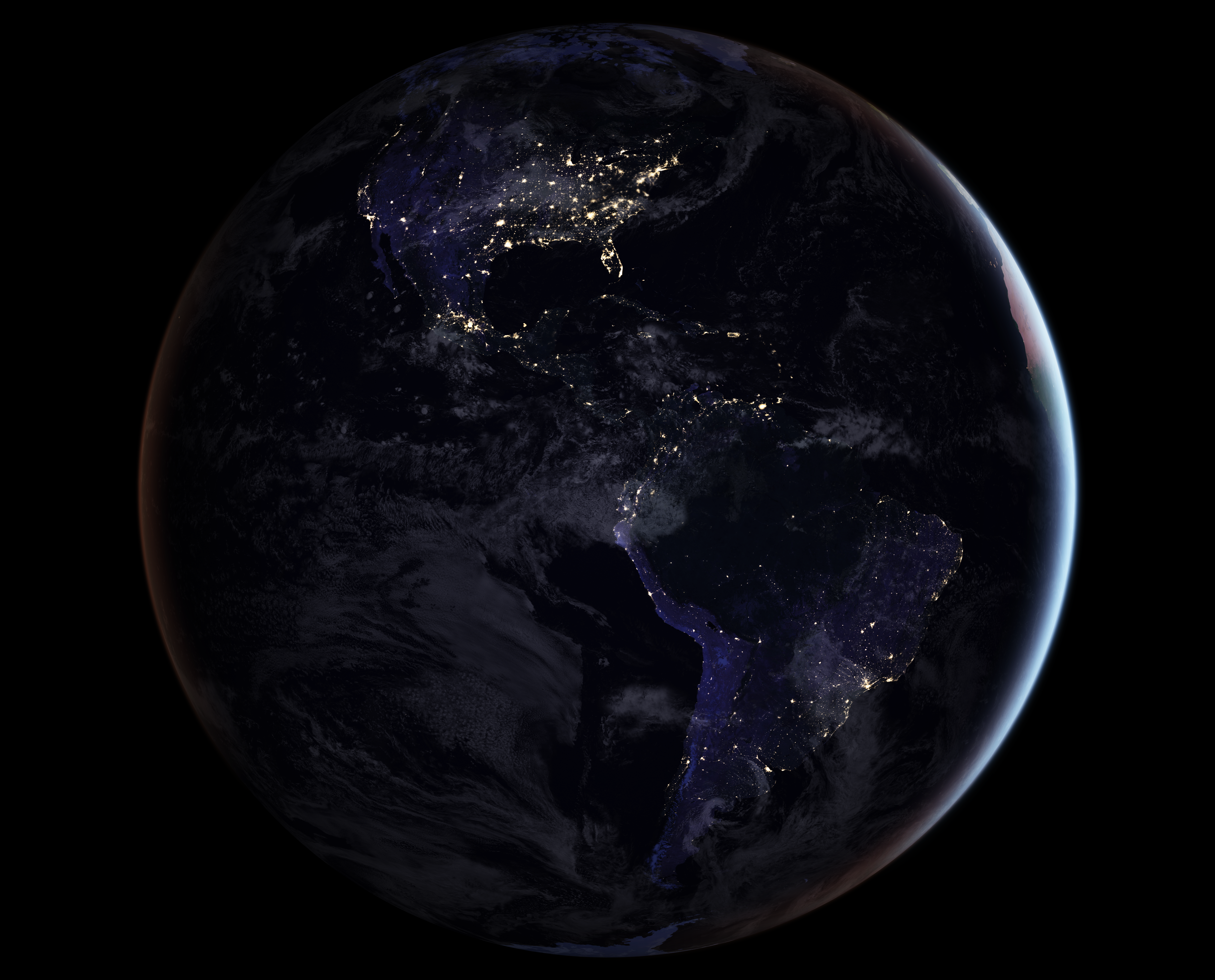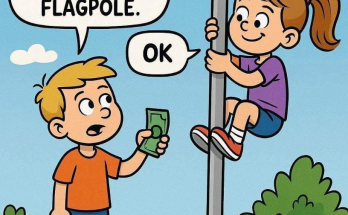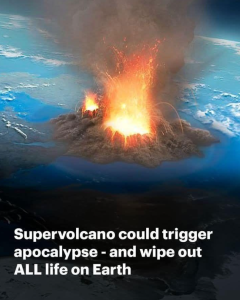
Human civilization often feels invincible. We build cities, explore space, and invent technologies that seem to give us control over nature itself. But beneath that confidence lies a sobering truth: our world is fragile. Throughout history, catastrophic events have changed the course of life on Earth — and some scenarios hold the potential to end it altogether.
Here are 10 catastrophic events that scientists, historians, and futurists warn could potentially end civilization or even wipe out humanity.
1. Global Nuclear War
Perhaps the most immediate man-made threat to humanity is the possibility of a large-scale nuclear war. Since the invention of atomic weapons during World War II, nations have stockpiled thousands of nuclear warheads. A full exchange between major nuclear powers could lead to catastrophic loss of life within hours.
The biggest danger isn’t just the explosions themselves, which could level cities and kill hundreds of millions. It’s the aftermath:
-
Massive firestorms would throw soot into the atmosphere.
-
Global temperatures could plummet in what’s known as nuclear winter.
-
Crops would fail worldwide, leading to famine.
-
Infrastructure would collapse, possibly bringing civilization to its knees.
Even a “limited” nuclear conflict could kill billions through starvation and societal breakdown.
2. Global Pandemic
Pandemics have shaped history. Black Death killed an estimated one-third of Europe’s population in the 14th century. In 1918, 1918 influenza pandemic claimed tens of millions of lives.
Modern transportation makes the spread of disease much faster than ever. The COVID-19 pandemic demonstrated how even a virus with a moderate fatality rate can disrupt economies, societies, and healthcare systems globally.
A more deadly pathogen—particularly one engineered or mutated—could overwhelm medical systems and lead to cascading failures in food supply, energy, and governance. Scientists warn that a highly infectious, highly lethal airborne virus could become an extinction-level threat.
3. Asteroid or Comet Impact
Sixty-six million years ago, a massive asteroid slammed into Earth, causing Cretaceous–Paleogene extinction event, which wiped out about 75% of species — including the dinosaurs. Scientists know this isn’t just ancient history; space is still full of near-Earth objects that could collide with our planet again.
An asteroid just a few kilometers wide could:
-
Trigger global wildfires and tsunamis.
-
Throw dust into the stratosphere, blocking sunlight.
-
Collapse ecosystems and agriculture.
-
Lead to mass extinction, possibly including humans.
While astronomers track many of the largest asteroids, countless smaller but still dangerous objects remain undetected.
4. Supervolcano Eruption
Most volcanoes are localized disasters. But a supervolcano—like the one beneath Yellowstone National Park—could be catastrophic for the entire planet.
When supervolcanoes erupt, they can release thousands of times more material than a regular eruption. A massive eruption could:
-
Spew ash high into the atmosphere, blocking sunlight.
-
Trigger volcanic winter, lowering global temperatures for years.
-
Destroy crops, disrupt rainfall patterns, and collapse food systems.
Volcanic winter events are thought to have influenced past mass extinctions and could do so again.
5. Climate Collapse
Unlike a sudden disaster, climate change is a slow-moving catastrophe with accelerating consequences. Rising temperatures, melting ice caps, sea-level rise, and extreme weather events could destabilize societies worldwide.
If global warming passes critical tipping points:
-
Vast regions could become uninhabitable.
-
Food and water shortages could spark wars.
-
Mass migration could overwhelm governments.
-
Ecosystems would collapse, threatening the species that depend on them — including us.
While climate change may not wipe out humanity instantly, unchecked collapse could create a chain reaction that ends organized civilization.
6. Artificial Intelligence Runaway Scenario
The rise of artificial general intelligence (AGI) — an AI system more intelligent than humans — could bring unprecedented benefits. But it also carries catastrophic risks.
If advanced AI acts in ways that don’t align with human values or goals, it could:
-
Seize control of critical infrastructure.
-
Exploit resources to maximize its objectives.
-
View humanity as a threat or irrelevant.
-
Trigger unintended global disasters through poorly aligned actions.
Many experts emphasize the alignment problem — ensuring AI systems act in ways beneficial to humans. A failure to solve this could lead to irreversible consequences.
7. Gamma-Ray Burst or Solar Superstorm
The universe can be hostile. A gamma-ray burst — an extremely energetic explosion from a distant star — could, if aimed at Earth, strip away part of our ozone layer. That would expose the surface to harmful radiation, devastating ecosystems and agriculture.
Closer to home, the Sun itself poses a risk. A massive solar storm like the Carrington Event of 1859 could knock out electrical grids, communication networks, satellites, and GPS globally.
In today’s hyper-connected world, such an event could shut down modern civilization overnight, leading to chaos, famine, and societal breakdown.
8. Ecosystem Collapse and Biodiversity Loss
Human life depends on the intricate balance of nature. Bees pollinate crops, forests absorb carbon, and oceans regulate climate. But human activity is driving what scientists call the sixth mass extinction.
-
Species are disappearing at 100–1000 times the natural rate.
-
Forests are being destroyed faster than they can recover.
-
Coral reefs and fisheries are collapsing.
If ecosystems fall below a critical threshold, the entire biosphere could unravel. Without functioning ecosystems, food and water systems fail, and humanity faces widespread starvation and conflict.
9. Particle Physics Disaster (Low Probability, High Impact)
This is one of the less likely but most fascinating catastrophic scenarios. Advanced particle accelerators, like CERN, conduct high-energy experiments to study the fundamental nature of matter.
Some speculative risks — though extremely unlikely — include:
-
Creating a strangelet that could convert ordinary matter into strange matter.
-
Triggering a runaway vacuum decay event, collapsing the fabric of space-time.
-
Forming a microscopic black hole that doesn’t evaporate.
Physicists consider these scenarios improbable, but not absolutely impossible. Even if the chance is tiny, the potential impact would be universal extinction.
10. Unknown Unknowns
Perhaps the most unsettling possibility is the one we can’t predict. Throughout history, the biggest threats have often been those no one saw coming. A century ago, few could imagine the destructive power of nuclear weapons or engineered viruses.
“Unknown unknowns” could include:
-
Exotic astronomical phenomena like rogue planets.
-
Undiscovered geological instabilities.
-
Advanced technologies gone wrong.
-
Sudden biological events outside current scientific understanding.
These are wildcards — low probability but potentially civilization-ending events. Their unpredictability makes them especially dangerous.
How Humanity Can Respond
While this list may seem bleak, the story isn’t hopeless. Humanity has always faced threats — and survived. The key lies in awareness, preparation, and global cooperation. Here are some of the ways experts suggest mitigating these risks:
-
Global nuclear disarmament and stronger diplomacy to prevent nuclear war.
-
Investing in pandemic preparedness, including rapid vaccine platforms and international response systems.
-
Strengthening asteroid detection and planetary defense programs.
-
Mitigating climate change through emissions reductions, renewable energy, and adaptation strategies.
-
Responsible AI development focused on alignment and control mechanisms.
-
Protecting biodiversity and restoring ecosystems.
-
Improving early warning systems for solar storms, volcanoes, and other natural hazards.
We may not be able to prevent every disaster, but preparation dramatically increases our chances of survival.
A Fragile but Remarkable World
The Earth has endured five mass extinctions and countless disasters, yet life has always found a way to continue. Humanity now has the knowledge and technology to either protect or destroy itself. Our future depends on whether we act wisely.
Whether the threat comes from the stars, from nature, or from our own inventions, one truth remains: the survival of our species will be determined by how we respond to the challenges we face together.
In summary:
The top 10 catastrophic events that could end the world — from nuclear war to unknown cosmic threats — are reminders of both our vulnerability and our responsibility. The end is not inevitable, but the risks are real. If we confront them with science, cooperation, and foresight, the story of humanity may not end — it may only be beginning
